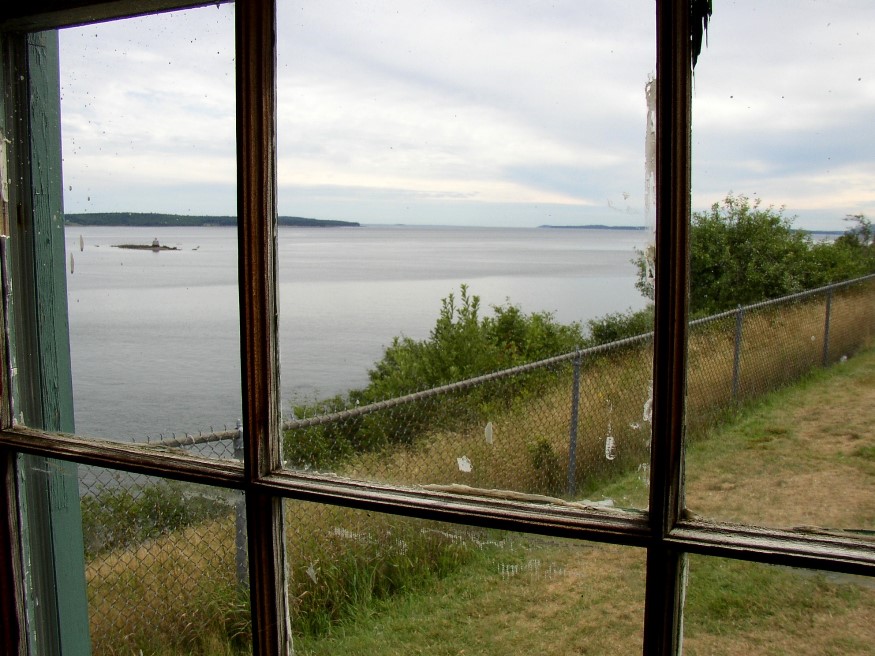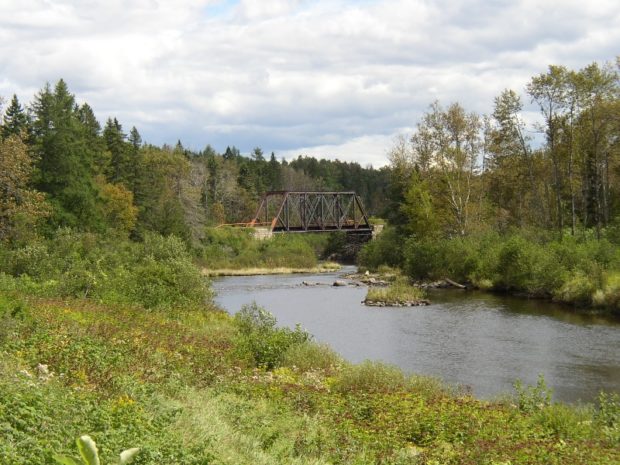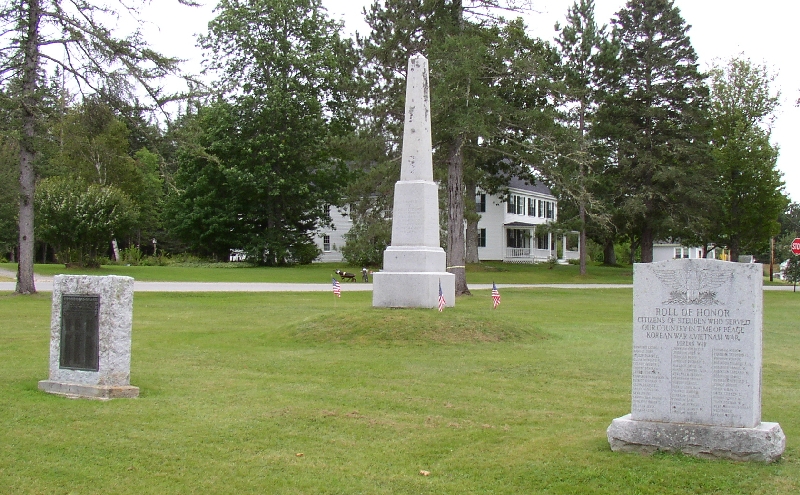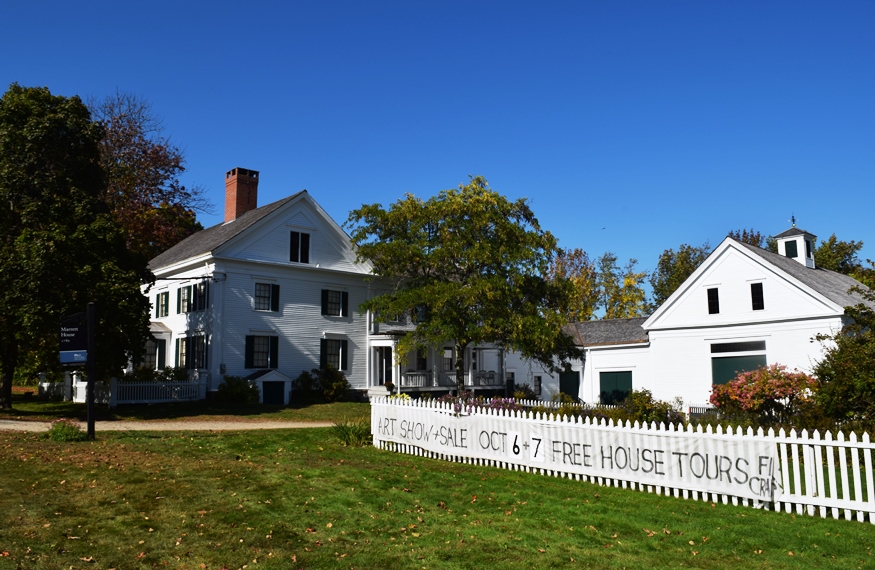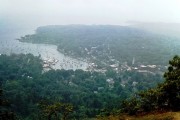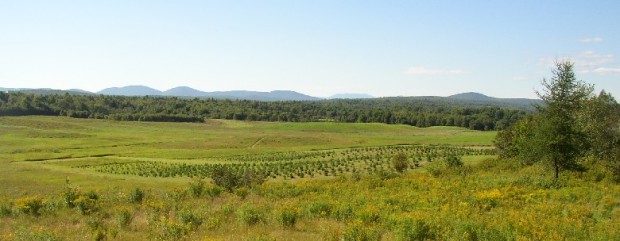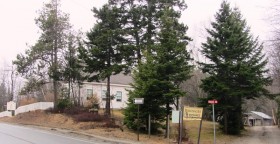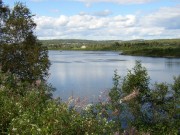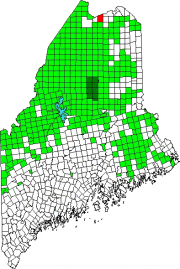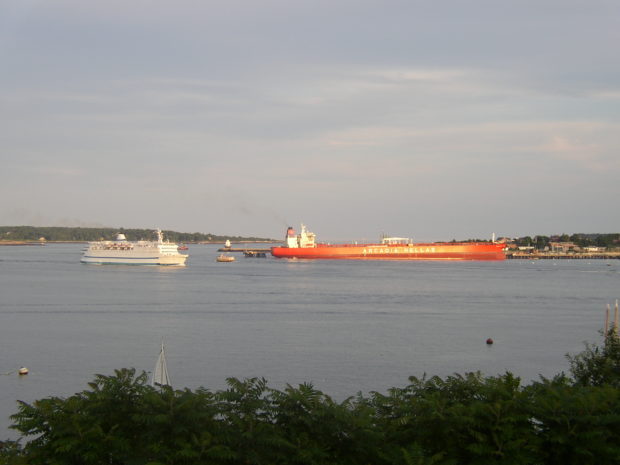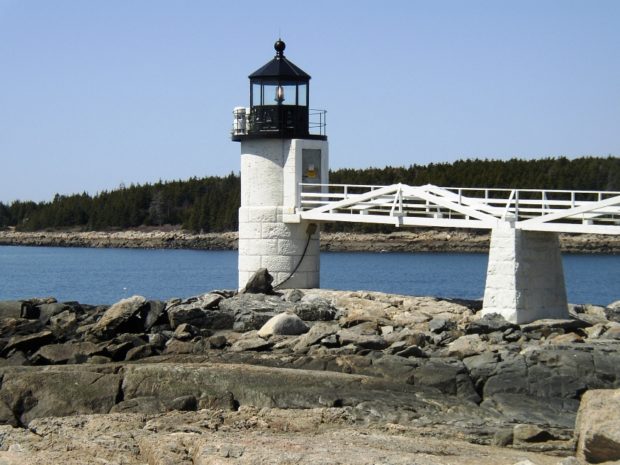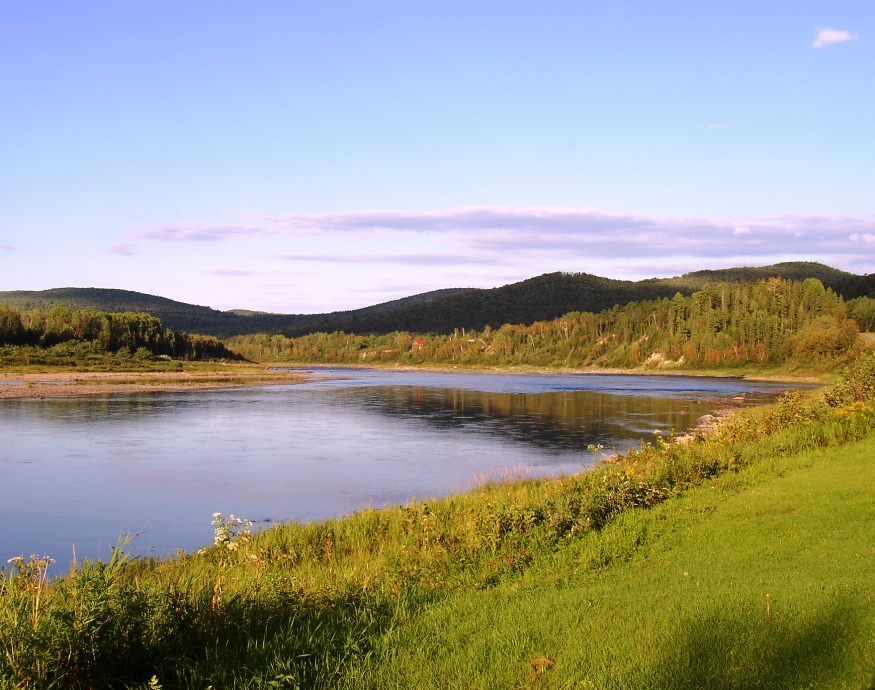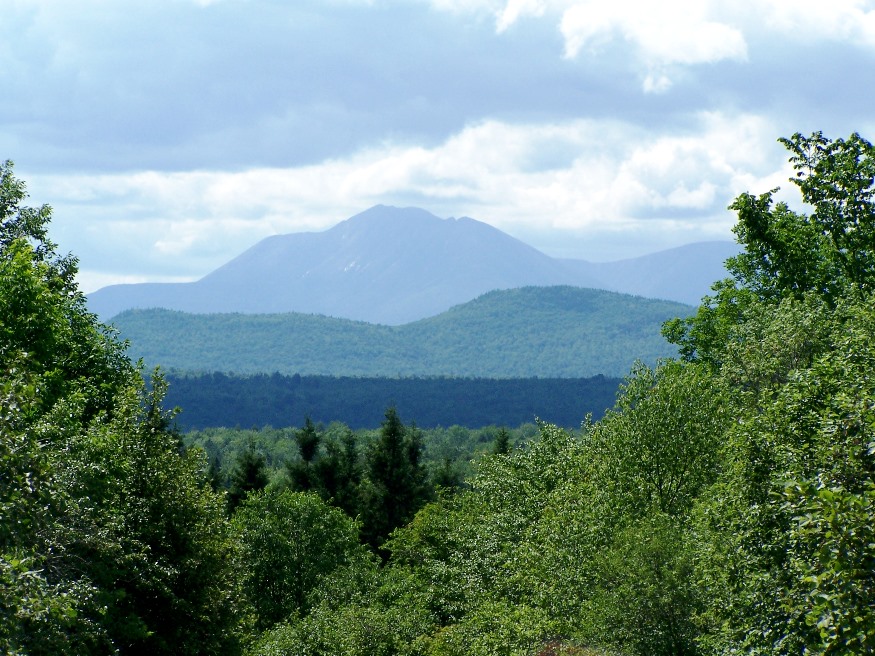Stoneham
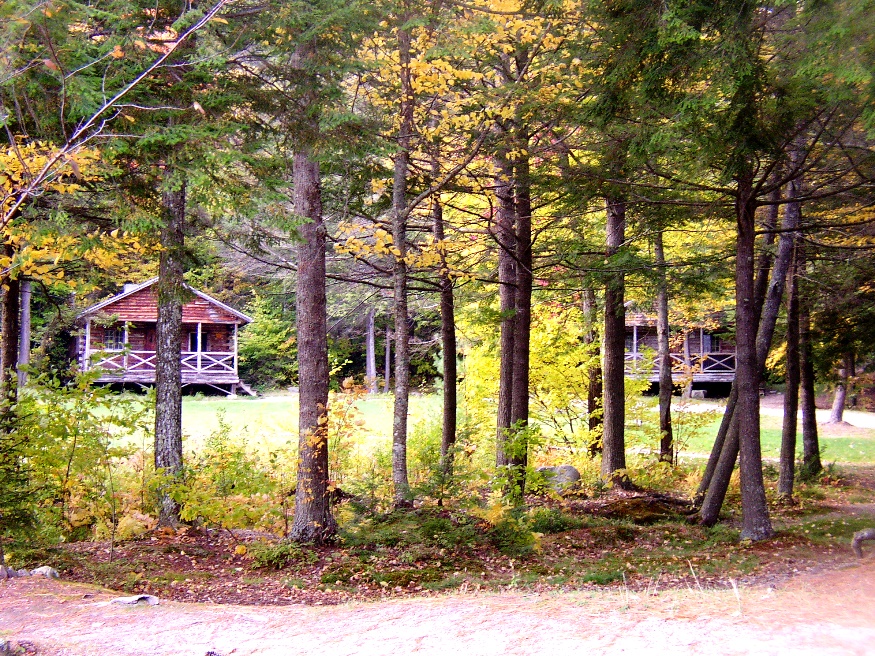
Though named for the Massachusetts town of the same name, the stony landscape also reflects its title. An excellent mountain climbing region, it is located near the New Hampshire Border in the White Mountain National Forest. East Stoneham is the principal village. The town is home to Camp Susan L. Curtis, named for the daughter of the former Governor. The closest Maine Route is number 11 where, at North Lovell, one may venture into Stoneham’s secondary roads.


